This 5G network traveled through three countries without dropping its connection

Image credit — Dena Skulskaya on Unsplash
This capability is especially valuable for military operations, where staying connected across borders is critical. As more missions happen in coalition settings, uninterrupted and secure connectivity becomes non-negotiable. As far as what equipment and technologies were involved in this trial, there were Nokia 5G Core Software-as-a-Service (SaaS), Nokia AirScale radio equipment, Telia’s live 5G standalone (SA) networks, and a secure network slice handed over across three countries.
Seamless 5G slice continuity over borders is a breakthrough.
— Tommi Uitto, Nokia President of Mobile Networks
However, Telia and Nokia say this kind of slicing tech isn’t just useful for defense. The same approach has already been tested in sectors like mining and live broadcasting, where reliable, high-performance connections are just as important. For example, a broadcaster could get a dedicated slice to ensure a live feed doesn’t drop during a major event, while a mine could rely on it for real-time monitoring underground.
This successful trial also positions Nokia as a strong contender in the race for more advanced 5G infrastructure. While rivals like Ericsson and Huawei are also developing slicing capabilities, the ability to maintain secure service across national borders is something few have demonstrated.
Given that the previous generation of mobile networks couldn’t even dream of this kind of flexibility, this test is a reminder of just how much 5G is evolving — and how far its applications could stretch.


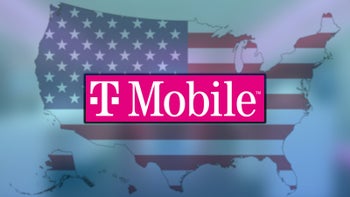
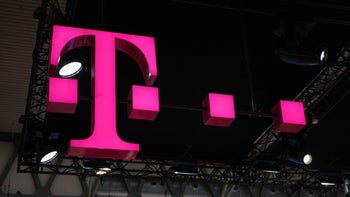
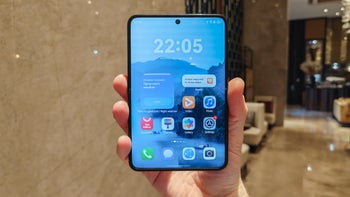

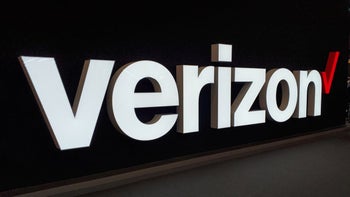

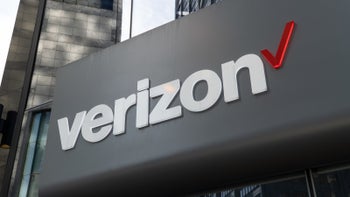

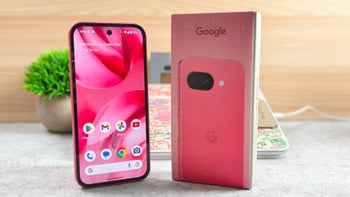
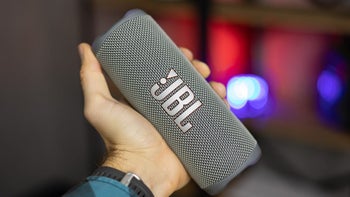
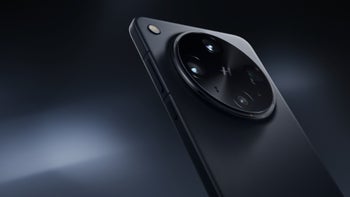
Things that are NOT allowed: